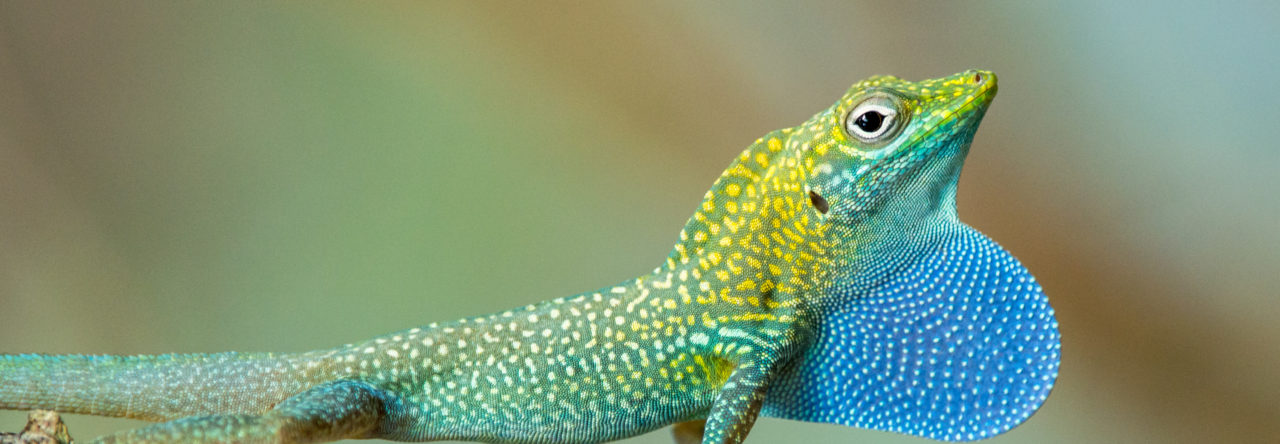
Gunther Kōhler and colleagues have just published in Zootaxa a new revision of some Mexican anoles, including the description of six new species and the sinking of one species. Rather than describing the work, I think it would be more effective to present the title and abstract:
A revision of the Mexican Anolis (Reptilia, Squamata, Dactyloidae) from the Pacific versant west of the Isthmus de Tehuantepec in the states of Oaxaca, Guerrero, and Puebla, with the description of six new species
GUNTHER KÖHLER1, RAÚL GÓMEZ TREJO PÉREZ, CLAUS BO P. PETERSEN & FAUSTO R. MÉNDEZ DE LA CRUZ
We revise the species of anoles occurring along the Pacific versant of Mexico west of the Isthmus de Tehuantepec in the states of Oaxaca, Guerrero, and Puebla. Based on our analyses of morphological and molecular genetic data, we recognize 21 species, six of which we describe as new (i.e., Anolis carlliebi sp. nov., A. immaculogularis sp. nov., A. nietoi sp. nov., A. sacamecatensis sp. nov., A. stevepoei sp. nov., and A. zapotecorum sp. nov.). Furthermore, we synonymize Anolis forbesi Smith & Van Gelder 1955 with Anolis microlepidotus Davis 1954. Of the recognized species, six have smooth ventral scales (i.e., Anolis dunni, A. gadovii, A. liogaster, A. omiltemanus, A. peucephilus, and A. taylori) and 14 have keeled ventral scales (i.e., A. boulengerianus, A. carlliebi, A. immaculogularis, A. megapholidotus, A. microlepidotus, A. nebuloides, A. nebulosus, A. nietoi, A. quercorum, A. sacamecatensis, A. stevepoei, A. subocularis, A. unilobatus, and A. zapotecorum). In one species, A. macrinii, the ventral scales vary from smooth to weakly keeled. For each species we provide color descriptions in life, color photographs in life, descriptions and illustration of hemipenis morphology (if available), descrip-tion of external morphology, distribution maps based on the specimens examined, comments on the conservation status, and natural history notes. Finally, we provide a dichotomous key for the identification of the 21 species of anoles occurring along the Pacific versant of Mexico west of the Isthmus de Tehuantepec in the states of Oaxaca, Guerrero, and Puebla.











